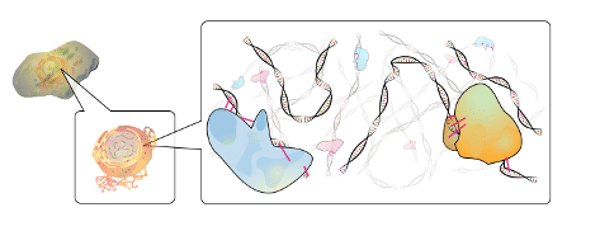What To Do When Whole Genome Sequencing Yields Unexpected Results: Is There A One-Size-Fits-All Answer?
Whole genome sequencing (WGS) is becoming increasingly common. Doctors now routinely order it for patients with puzzling diseases. The NHS (National Health Service in the UK) has declared that it will sequence 100,000 genomes over the next few years. Increase WGS…increase ethical questions The direct-to-consumer company 23andme has been experimenting with whole exome sequencing (WES), and another company, DNA…










